Recently we heard about the emergency notification sent out in Hawaii, warning the residents of an impending missile attack. This notification turned out to be a false alarm, sent by accident to the cellphones of those in Hawaii. This turned out to be an unfortunate accident, due to human error.
Understandably, this caused a great amount of worry among those who received the message. There were reports of people running red lights, taking shelter in tunnels and a certain level of general panic.
While this was an accident due to human error, we should still understand the need for emergency alert systems such as this. Whether it's the Wireless Emergency Notification System (WENS) or the Integrated Public Alert and Warning System (IPAWS) these systems are here for our safety.
One thing that we can take away from this unfortunate accident is the need to plan for major disasters. In the case of an impending nuclear strike, it may seem like a hopeless situation, but that may not be the case. Take time to make a plan for what to do if there is a large scale disaster that may require immediate action. The type of threat that the notification in Hawaii was focused on is not the only type of major disaster that may impact your area. Earthquakes, Hazardous Materials (Hazmat) incidents, wildfires and even flash floods are all events that may require quick, decisive action on your part. Discussing what you would do and making a plan will make your response to any of these less stressful. Our thoughts go out to all of those impacted by the false alarm and any trauma they may have because of it.








